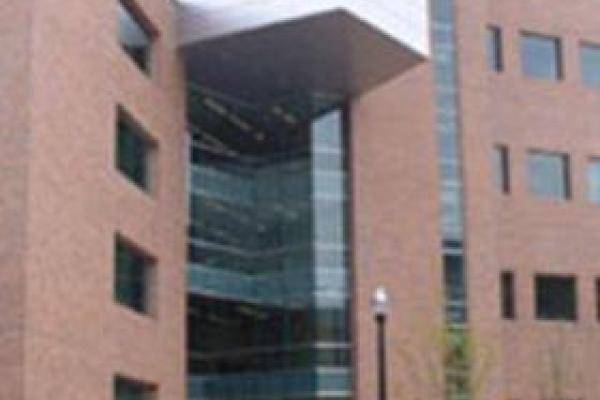
In 1977, Jaffe predicted a six quark state, H-dibaryon, with hyper charge (Y) = 0 and strangeness (S) = -2 to be stable against strong decay, but not to weak decay. It has been proposed that the H-dibaryon would appear as a bump in the ΛΛ invariant mass spectra if the H-dibaryon is a resonance state, or it would lead to a depletion in the ΛΛ correlation near the threshold if the H-dibaryon is weakly bound, which can be used to probe whether there is a stable H-dibaryon or resonance. Considerable experimental efforts have been devoted to search for the H-dibaryon, however, there is no conclusive experimental evidence for a bound H-dibaryon. At STAR we have tried two approaches to search for a H-dibaryon signal: measurement of the ΛΛ correlation function as well as reconstruction of the signal using one of the weak decay mode H→ΛΛp. In this talk, I will present the measurement of ΛΛ correlations for \sqrt{sNN}= 200 GeV in Au+Au collisions using the STAR experiment at RHIC. I will also discuss implications of measurements of ΛΛ correlations on H-dibaryon search.
